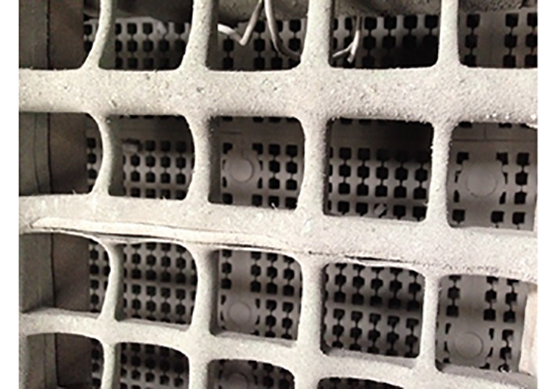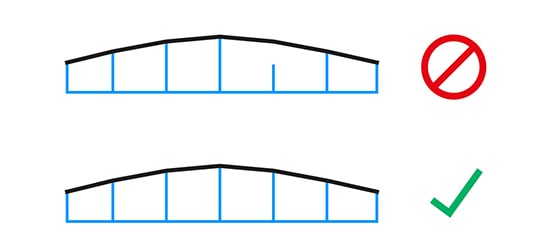Maintenance and replacement advice
Screening is a tough business, so for most operations replacing wear parts and screening media is a fairly frequent event. Sometimes it is self-evident when replacement parts are needed – for instance, if a wire mesh has a gaping hole in it – but at other times, the signs of wear are a bit subtler and harder to identify. To keep screening at an optimal level, you need to be able to recognize the types of wear and damage that can affect performance. Read on for information about some of the most harmful wear and maintenance issues and how to resolve them.

